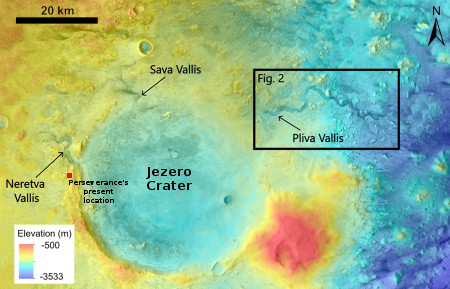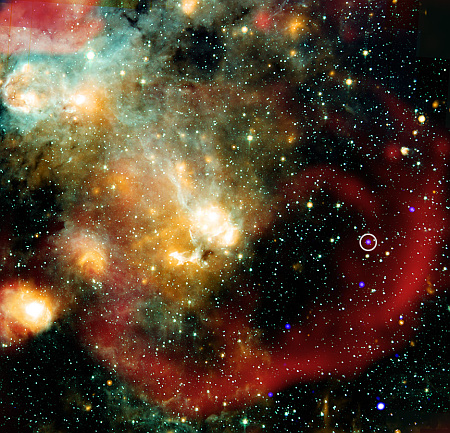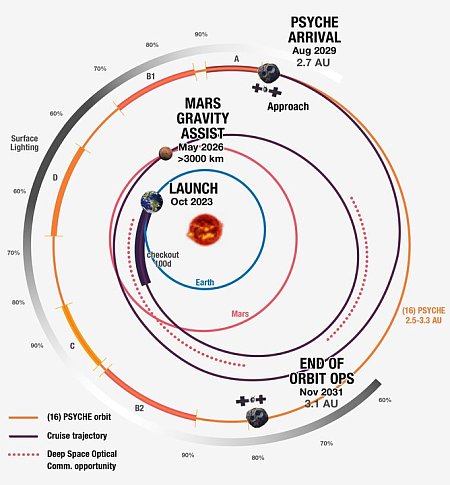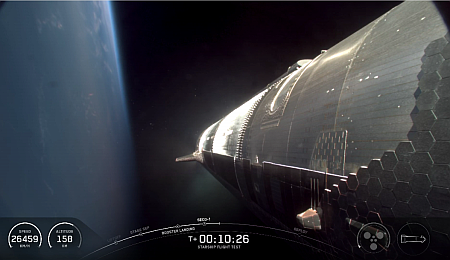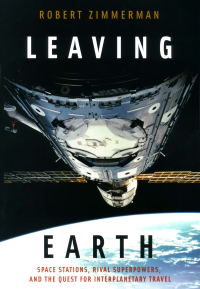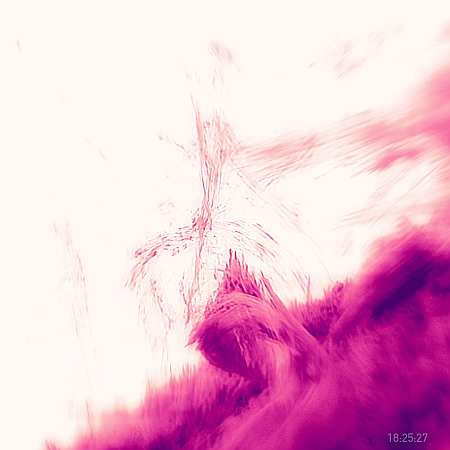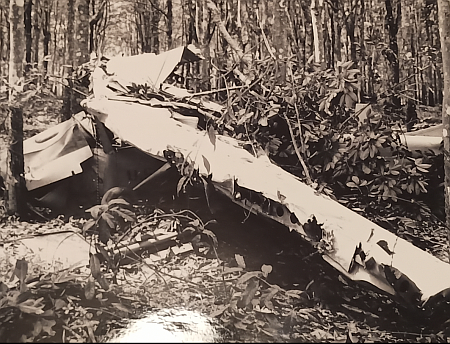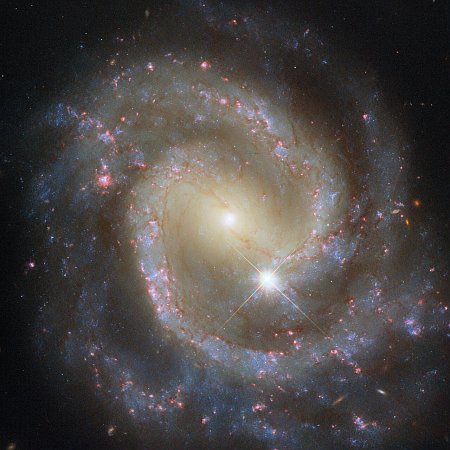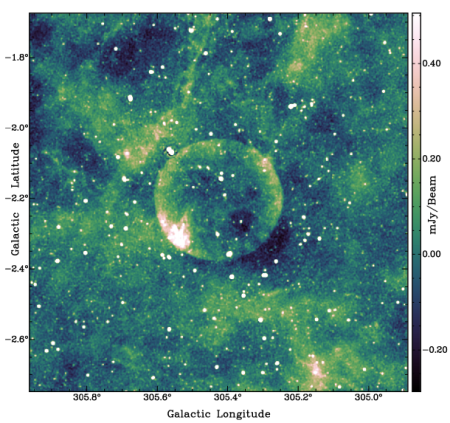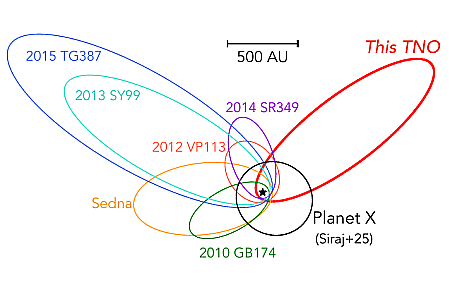Scientists: Jezero Crater’s theorized lake overflowed intermittently four times in the past
Scientists analyzing the Martian geology of the meandering outflow canyon from Jezero Crater, now think it was formed by four different very short-lived events when the theorized lake inside the crater overflowed the crater rim.
The map to the right, figure 1 of the paper (cropped and annotated to post here), provides the context. Two canyons, Sava Vallis and Neretva Vallis feed into Jezero Crater, and one canyon, Pliva Vallis, flows out. From the abstract:
By examining the shape of the valley, we noticed that Pliva Vallis was not like valleys carved by continuous rivers on Earth and propose instead that the valley was carved by at least four episodes of lake overflow. To give a minimum estimate of the duration of these events, we use a numerical model to simulate the overflow of a lake and the incision of a valley. Modeling suggests that the four (or more) episodes identified each incised part of the valley and that each episode lasted a few weeks at maximum.
The researchers also considered whether Pliva Vallis could have been carved by glacial flows, but rejected that possibility partly because “the general morphology of the valley shows a decrease in depth and width downstream, while subglacial channels [on Earth] tend to remain of similar width or become larger, as the flow regime does not decrease downstream.”
These conclusions of course carry a great deal of uncertainty. For one, they are based solely on orbital data. No ground truth exists as yet. Secondly, they assume the geology on Mars behaves in the same manner as on Earth. It could very well be for example that the reason the valley shrinks in size is because its Martian glacier sublimated away as flowed downhill, something that doesn’t happen on Earth.
Regardless, the data strongly suggests that water shaped Jezero in some manner.
Scientists analyzing the Martian geology of the meandering outflow canyon from Jezero Crater, now think it was formed by four different very short-lived events when the theorized lake inside the crater overflowed the crater rim.
The map to the right, figure 1 of the paper (cropped and annotated to post here), provides the context. Two canyons, Sava Vallis and Neretva Vallis feed into Jezero Crater, and one canyon, Pliva Vallis, flows out. From the abstract:
By examining the shape of the valley, we noticed that Pliva Vallis was not like valleys carved by continuous rivers on Earth and propose instead that the valley was carved by at least four episodes of lake overflow. To give a minimum estimate of the duration of these events, we use a numerical model to simulate the overflow of a lake and the incision of a valley. Modeling suggests that the four (or more) episodes identified each incised part of the valley and that each episode lasted a few weeks at maximum.
The researchers also considered whether Pliva Vallis could have been carved by glacial flows, but rejected that possibility partly because “the general morphology of the valley shows a decrease in depth and width downstream, while subglacial channels [on Earth] tend to remain of similar width or become larger, as the flow regime does not decrease downstream.”
These conclusions of course carry a great deal of uncertainty. For one, they are based solely on orbital data. No ground truth exists as yet. Secondly, they assume the geology on Mars behaves in the same manner as on Earth. It could very well be for example that the reason the valley shrinks in size is because its Martian glacier sublimated away as flowed downhill, something that doesn’t happen on Earth.
Regardless, the data strongly suggests that water shaped Jezero in some manner.

